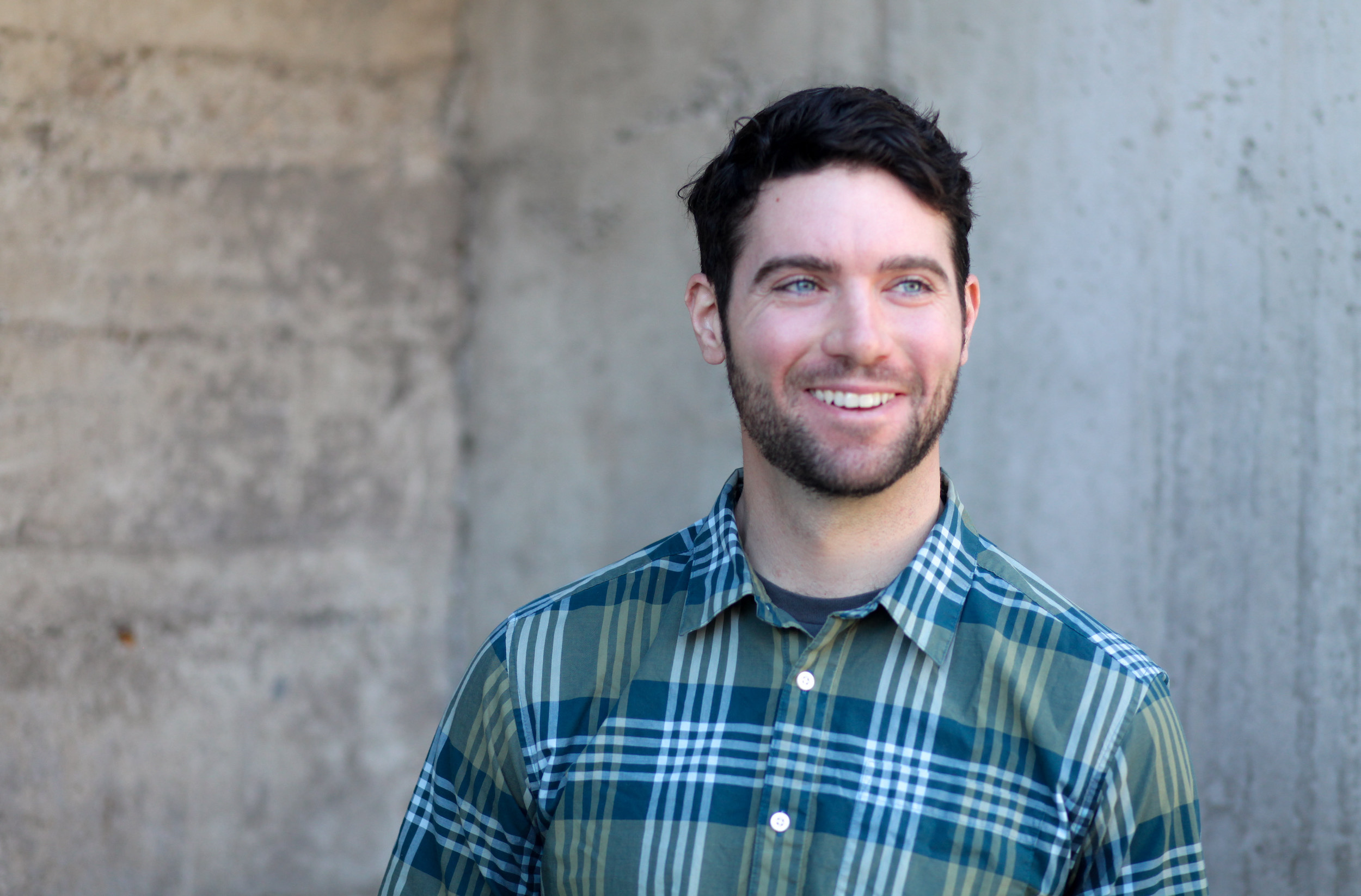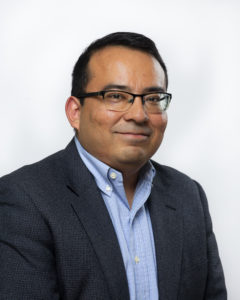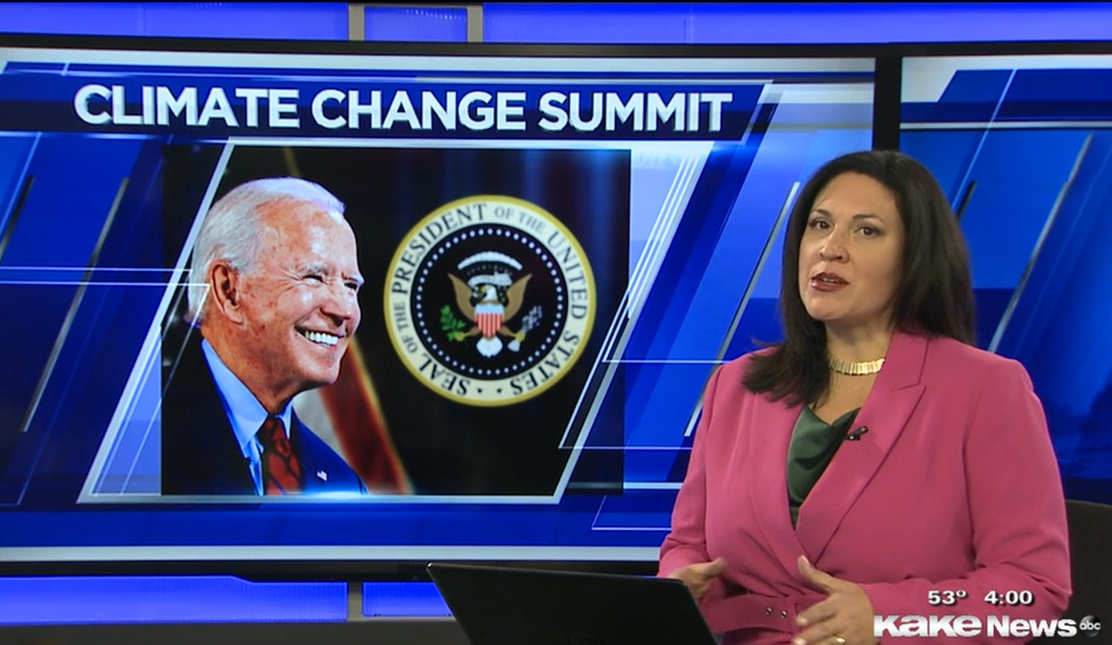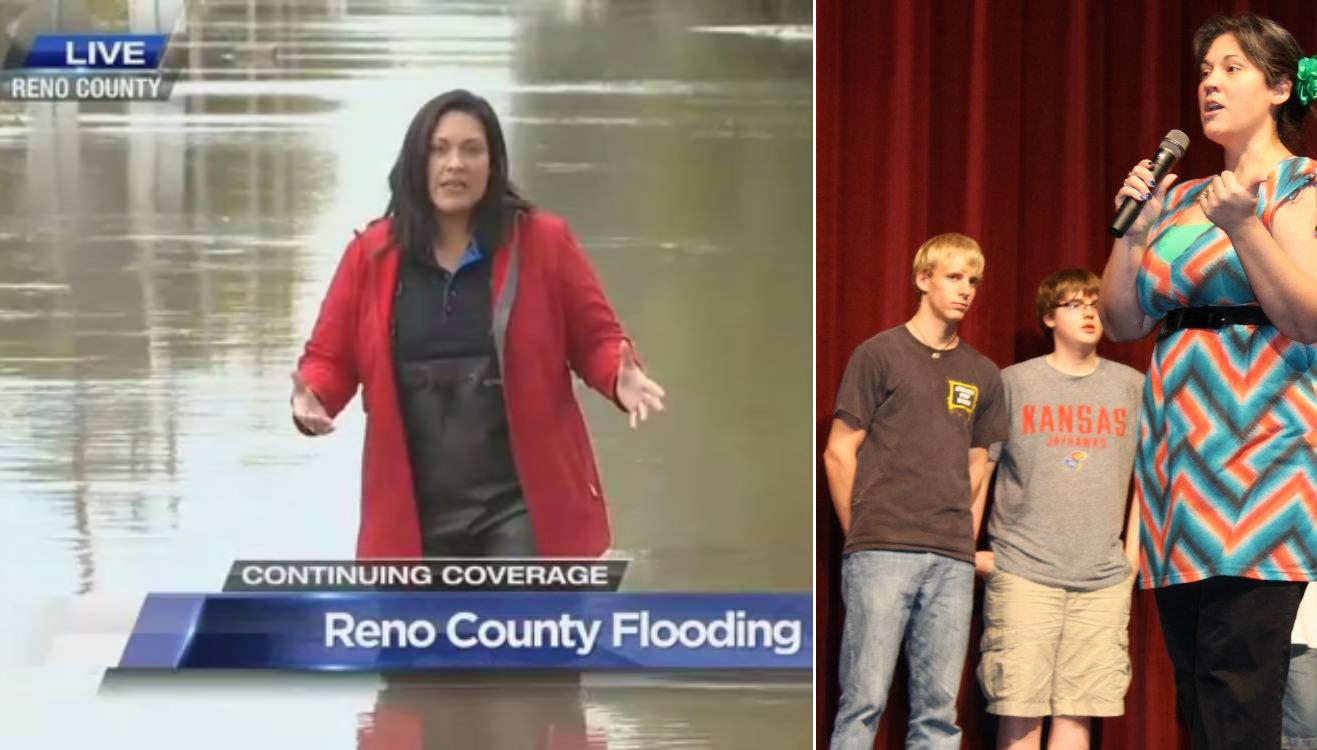Journalism is an industry that is as much a self-identifier as it is a profession.
Some say it’s a calling. Others treat it like a self-selecting Myers-Briggs type. Whatever the chosen designation, this view of journalism tends to take on sacred overtones that mask what it actually is — a job.
An industry that polices its own identity must also police who gets to call themselves a journalist and who doesn’t. It’s perhaps no surprise that an unwritten rule of the journalism industry has always been that if you leave, you don’t come back. Of course, there are valid reasons for those rules — journalists who leave to work for corporations or politicians could be perceived to have a conflict of interest if they then tried to report on those issues. And yet there have always been exceptions — after all, George Stephanopoulos was the White House communications director under President Bill Clinton and later became chief Washington correspondent for ABC News. The rules can always be broken, but they’re not broken for everyone.
But journalism’s insularity may have finally met its match. A record number of Americans are quitting their jobs, and that includes people in newsrooms. At the same time, media outlets are working to be more diverse and more inclusive. One way to do that is by realizing that not every reporter will follow the traditional “journalism school to elite internship to full-time journalism” path. And even if they do, they won’t necessarily jump from outlet to outlet in a linear fashion.
For the reporters and editors who have left journalism only to come back a few years later, they’re often happier for it. The experience has clarified their values and their deal-breakers. They know how far they’re willing to go for journalism and when the industry has simply crossed a line. And that’s a lesson perhaps all of us can learn.
Why are they leaving?
The reasons people choose to leave journalism are a lot like the start of Leo Tolstoy’s “Anna Karenina” — each unhappy person is unhappy in their own way.
It’s often a confluence of factors. For veteran editor Ed Guzman, who left The Seattle Times in 2017, it was the industry’s economic instability, a desire to spend more time with his family and a toxic work environment that pushed him over the edge.
Kansas-based TV journalist Pilar Pedraza left the industry twice. The first time was motivated in large part by burnout and her role as the only female in management with a title that didn’t fit her duties. The second time around, she was simply begging not to be a one-person reporter-and-video team. Eventually, she hit a literal wall — she physically could not carry the gear.
“I didn’t realize how bad it was until about three months after I left,” Pedraza said. “I woke up one morning and realized I’d been sleeping through the night.”
For Jason Bacaj, a Montana-based reporter and editor, it was the never-ending expectation of writing two stories a day that did him in. At the same time, he was embroiled in a lawsuit with the subject of an investigation he had written.

Jason Bacaj (Courtesy)
“I was tired of the daily grind with the lawsuit hanging over my head,” he said. “I thought that I was going to do some magazine writing and find some stories that I could delve into.”
All three had something in common — when they left, they weren’t sure when or if they were ever coming back.
As general manager of The Daily Tar Heel, the independent student paper at the University of North Carolina at Chapel Hill, Erica Perel tried to ingrain in her reporters the sense that career trajectories could be malleable. They should bend and change to fit the person’s life, not the other way around.
“When I counsel young reporters at The Daily Tar Heel, I have definitely started counseling them to start talking about their careers as something that’s going to change a lot,” she said. “They can pursue other things and come back to journalism if they want to. I think that’s just the reality.”
Perel notices a trend among the students she’s worked with: They get amazing first jobs. But they’ve often been put in positions where there’s little editing and little mentoring and they’re expected to have all the answers on their own.
At first, this doesn’t catch up with them. But by their third or fourth job, they’re generally pondering leaving the industry — or they’ve already left.
“They haven’t gotten the mentoring or the growth that they wanted to get or they don’t see a career path for them that feels sustainable,” Perel said. “That’s a big issue right now in the industry.”
In an earlier era of newsrooms, there was an “almost theological” mindset — leave the church once, and you don’t come back, said Tim Franklin, senior associate dean, professor and John M. Mutz Chair in Local News at Northwestern University’s Medill School of Journalism, Media and Integrated Marketing Communications. Franklin was both past president at Poynter and a top editor at major metro newspapers like The Baltimore Sun and The Indianapolis Star. He knows that things have changed.
That’s a product of two factors, according to Franklin — the financial instability of the local news industry and the recognition that there are valuable skills and talents to be gotten outside of a newsroom.
“People have mortgages to pay and cars to pay for and families to support, so I think there’s an understanding among hiring managers that this crisis has led people to leave newsrooms when maybe they didn’t want to,” Franklin said.
That internal reckoning is recognizable in conversations with journalists who have made the jump. When Bacaj met up with friends and heard an interesting anecdote, he immediately wanted to report it out. But what was the point? He was no longer a journalist.
“Being a journalist is so all-encompassing as a job — you just live and breathe it,” he said. “When you leave, you think, ‘How do I fill the void that journalism has left?’”
Pedraza also had a “nose for stories,” as she calls it. But after leaving TV news the first time, she went into education, teaching high school students Spanish and leading the yearbook and newspaper.
“I never really completely stopped seeing myself as a journalist,” she said. “That’s always a part of my identity. I just wasn’t currently practicing journalism.”

Ed Guzman (Courtesy: Lindsey Wasson)
Guzman didn’t feel an intense inner debate when he left. He stayed in touch with the industry through volunteer work. It wasn’t until a year or two after his departure that he started to worry. Newsrooms claimed they couldn’t find good candidates of color and yet Guzman, who is Latino, wouldn’t get contacted when jobs opened up.
“If this is really a big issue, I would think (newsrooms) would want to do your due diligence and at least make an ask,” he said. “Based off of that, you do start to wonder, ‘Maybe I can’t come back because there’s that perception that I somehow left.’”
Whatever reservations all three journalists may have had about leaving the industry, they were in many ways pleasantly surprised by their new jobs. Bacaj worked as a content creator at a software company. The pace was a welcome respite from that of daily newspapers — on average, he wrote about one piece of content a week. Pedraza found the similarities immediately apparent between teaching high school students and journalism. Working in communications at a nonprofit and a city government, Guzman earned a better understanding of work-life balance and the value of working remotely and flexibly. He saw a different kind of professional life, and he liked it.
What brought them back?
The call of journalism is sometimes too hard to ignore.
At the start of 2021, Bacaj was laid off — a COVID-19 casualty like so many others. The first year of the pandemic had been a clarifying experience for him.
“I had spent 2020 sitting on the sidelines, journalistically speaking, watching everything that was happening and just feeling like, ‘Wow, I know that I can contribute to the conversation and help the local community understand where it sits in all of this,’” Bacaj said. “2020 really reinforced the importance of journalism to me, and being outside of it, I just thought, ‘Wow, this kind of sucks.’”
Still, after he was laid off, he started applying for marketing writing jobs, thinking he could make more money. As he tried to pitch himself and craft his portfolio, he realized he didn’t know how. He wasn’t sure how to present himself as a content writer. What he did know was how to be a journalist.
In May, Bacaj started as a reporter at The Livingston Enterprise, an afternoon paper in Montana. The publication schedule offers a different kind of work-life balance — “super hectic” mornings that relax into calmer afternoons.
“I’m one of those people who just can’t do things casually, so I tend to go all in,” Bacaj said. “The first go-round of journalism, I was trying to be the uber journalist and now I kind of have a better sense that I’m not living and dying with writing a meeting story.”
When Pedraza left her first journalism job, she made a promise to herself: She would only go back if she could go on the air. She had been sidelined into producing and management positions that weren’t what she wanted.
Working as a teacher only crystallized that. She was no longer afraid of a live shot. Standing in front of a classroom of 30 teenagers eliminated that.
Now, she’s a political reporter for KAKE-TV, the ABC affiliate in Wichita, Kansas, and hosts a weekly public affairs show on the local PBS station. She’s in the right place.
“I’m doing the things I never had a chance to do,” Pedraza said.

Pilar Pedraza anchoring at KAKE in 2021. (Courtesy)
Guzman also wanted to return for the right job, not just any job. When a deputy editor for sports position came up at ESPN’s The Undefeated, it was hard to reject. But now he was coming to the job with certain requirements. He valued balance. He wanted to work remotely. He was refreshed and ready to come back to journalism.
“If I hadn’t taken the four-year time away, maybe I would have been a lot less ready,” Guzman said. “Maybe I would’ve been that much more burned out.”
Reality is richer
Erica Perel, now the director of the Center for Innovation and Sustainability in Local Media at UNC’s Hussman School of Journalism and Media, tries to remind her students that there’s no one path.
Journalism can be a rigid field, Perel says. Our definitions of success are often fixed — working at The New York Times or becoming a TV news anchor. And our industry is so “rigid and unforgiving,” as she puts it, that we believe leaving is a death sentence. Don’t even think about coming back.
But the reality is so much richer. People find themselves in journalism and lose themselves and then find themselves once again. After four years away, Guzman worried that he would feel off his game. He likened himself to an athlete coming back off an injury or a long hiatus — you just don’t know how you’ll play until you’re on the field.
He didn’t have to worry for long. Almost as soon as he started, he knew. This is where he was meant to be.







